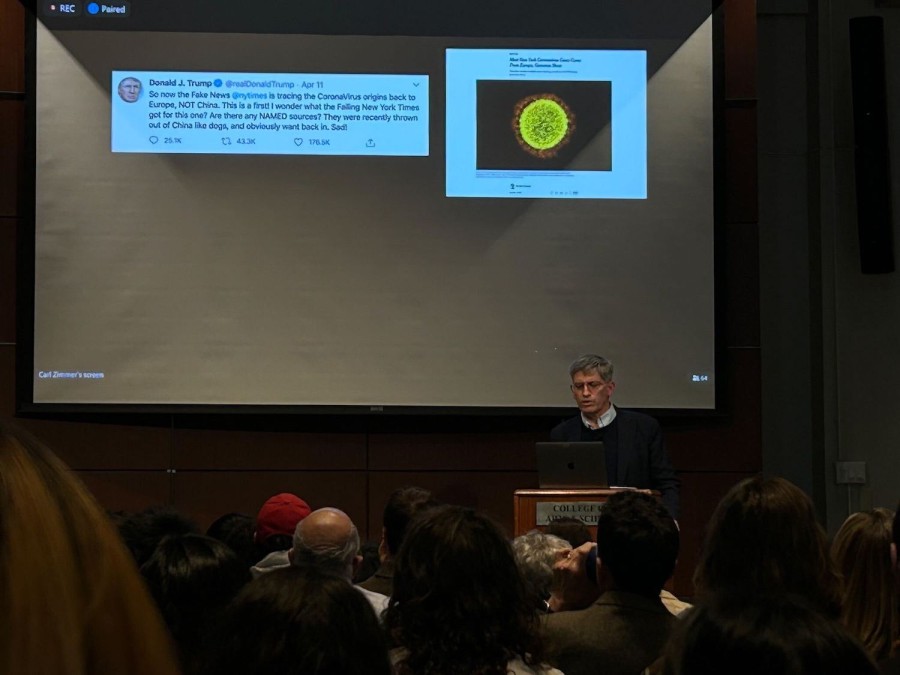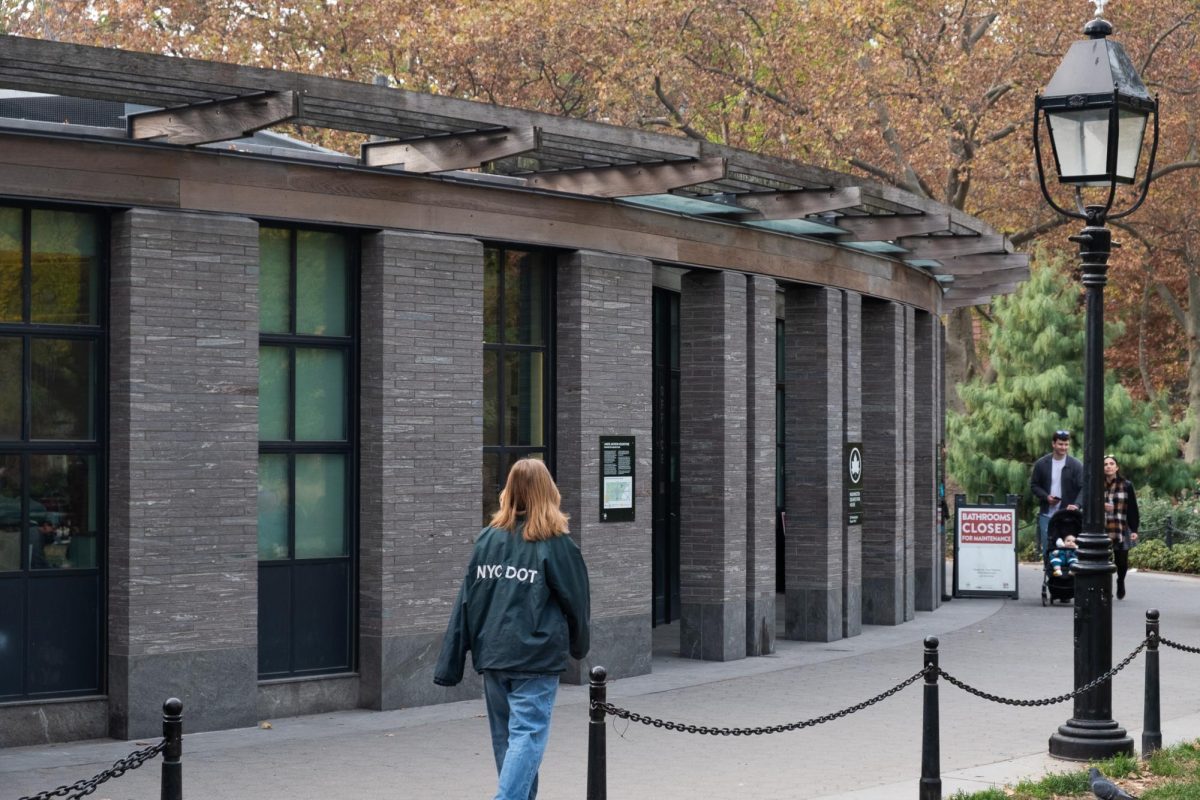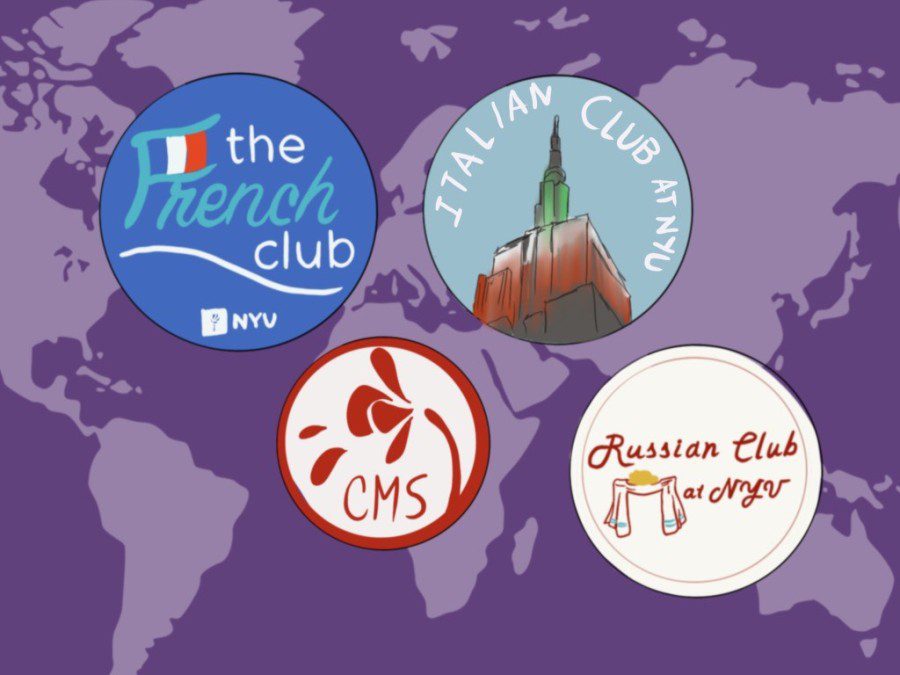Everyone knows that long-distance relationships are tough, but only those who are personally in them can feel the pain. Seeing your partner via Skype, you almost have the impulse to dive into the screen and hug him or her so tightly that he or she will never leave you.
Today, there are about 4.5 million college students who are in non-marital LDRs, but more than 70 percent of such relationships end up failing, and the average of such relationships don’t last more than five months. It seems almost impossible, the pessimists conclude, to maintain romance over physical distance.
Yet, even with the words of naysayers, my former girlfriend and I maintained the relationship across the hundreds of miles between New York City and Toronto, which, so far, is only becoming ever more solid.
Yes, she is no longer my girlfriend — she is my fiancée now. And she’s still in Toronto.
In my opinion, physical distance is the only indirect factor that kills 70 percent of those relationships. After all, relationships are based on mutual feelings; mutual feelings can get across only via communication. When two people are far apart, however, communication naturally becomes limited. The two individuals no longer live in the same world or meet the same people, and so they have fewer common things to talk about. When communication decreases, feelings don’t get expressed as well. Romance is consequentially dampened.
So if you want to survive a long-distance relationship, start communicating. Talk to your partner at least an hour per day. Share your lives: talk about the people you’ve met, the new friends you just made, the gaffes your professors made and so on. Most importantly, never be shy about romantic expressions. “I love you” or “mua” may sound cliché, but they do make the love feeling easily accessible: my fiancée and I say “I love you” to each other all the time, except it’s in Mandarin: “wo ai ni.”
To maximize the survival of an LDR, it’s extremely helpful to utilize social media. The technology revolution of the past two decades makes communication handier, and I don’t just mean that it becomes handy to talk to the other person. Verbal interaction is a major component of communication, but remember — there’s also the visual communication. Using video-calling, you are able to see your partner’s beautiful eyes, lovely smile and his or her familiar body movements, all of which can convey messages of love.
Lastly, have some faith in your relationship. Convince yourself that if you work hard, you will get through it. If you are ever doubtful, watch CNN’s documentary about Mitt Romney: Romney and his wife, Ann, were high school sweethearts. Romney left his then-girlfriend behind for Stanford College. After two and a half years in France, the couple didn’t see each other at all because Skype did not yet exist. Now, they have been married for more than 42 years. The Romneys admitted that the distance was very painful, but their eventual union clearly shows that if you are really committed to your relationship, the day will come when you and your beloved come together.
It’s 9 p.m. Bobst is packed with diligent students at work. Echoing the sound of fingertips hitting keyboards, the building is permeated with an air of serious academics. It may have been a stressful day, but I never allow the stress to stop myself from pursuing my little romance. Putting aside the homework, I click open Skype and video-call my girlfriend. When her cute face and angelic voice appear, all of the strain from the day is gone.











































































































































Lisa • Apr 10, 2020 at 12:03 am
Hey Jonathan, I’m really glad that you and your fiancée (presumably wife now) made it work. 70% of LDRs failed… that is a much lower figure than I expected. My gut feeling was 90% ish. LDR is definitely not for everyone!